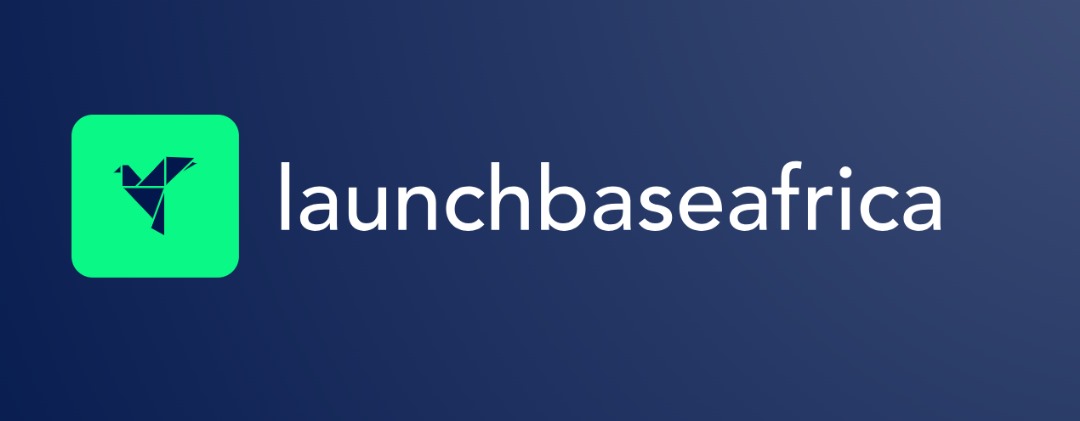British International Investment (BII), the UK’s development finance institution, has announced a $15 million investment, with the potential to increase to $25 million, in Rift Valley Energy (RVE). The funding aims to bolster RVE’s efforts to expand access to sustainable electricity in Tanzania’s rural areas, where the electrification rate currently stands at a low 24%.
The investment will finance new wind and hydropower projects that are expected to add 7.6 megawatts of renewable energy to Tanzania’s national grid. BII estimates this initiative could provide energy to approximately 170,000 people annually and connect 4,000 businesses and households to the grid for the first time.
“Our support will help fund clean and affordable power to local businesses, across multiple industries, that will create up to 1,800 new jobs,” stated Nick O’Donohoe, Chief Executive Officer of British International Investment.
The projects are projected to create around 1,800 power-enabled jobs and prevent up to 17,000 tonnes of carbon emissions per year by the end of 2027. The focus on rural electrification aligns with Tanzania’s broader goal of achieving universal access to modern energy services by 2030.
Rift Valley Energy, a wholly-owned subsidiary of French infrastructure investment firm Meridiam, specializes in renewable energy development. Meridiam’s Deputy CEO and Africa Head, Mathieu Peller, emphasized the alignment of the investment with their firm’s mandate and purpose, expressing satisfaction with the partnership with BII.
The impact of the initiative is expected to reach beyond simply increasing energy access. Improved electricity supply is expected to empower various sectors, including education, healthcare, job creation, and industrial productivity.
While the overall electrification rate in Tanzania is reported at 37%, the significantly lower rate in rural areas highlights a key challenge in ensuring equitable access to essential services and economic opportunities. This investment by BII represents a significant step towards addressing this disparity and supporting Tanzania’s sustainable development goals.


